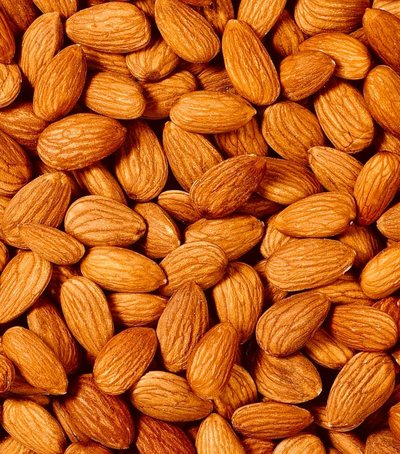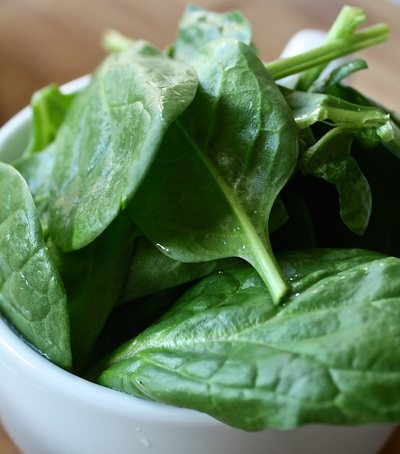
Unlike most weight loss diets, the Banting diet has a long history, first described in 1862 by an obese patient named William Banting. The first of many low-carb programs, the Banting diet promotes the use of fat reserves as fuel.
Driven by his success in losing weight, William Banting wrote a booklet, now thought to be the first diet book, to spread the word about this low-carb / high-fat approach to losing weight.
How does the Banting diet work?
The original diet included four meals a day, which included protein like meat or fish with a limited portion of carbohydrates of about 25-30 grams, plus an amount of fruit as a light meal. Surprisingly, bread, beans, butter, milk, sugar and potatoes were very limited.
The plan is defined as follows:
Stage 1: observation - for a week you continue to eat your existing diet, unchanged, but keep a comprehensive food diary to help you understand how your body responds to the food you eat.
Phase 2: Restoration - for the next 2 to 12 weeks, depending on how much weight loss is needed, you follow a restoration phase where during this phase you will begin to follow the food lists, avoiding all foods from the red lists and relying on those in the green and orange lists. By sticking to food lists you will not need to count calories or check the portions of your portions.
Stage 3: transformation - this stage goes one step further, in order to achieve ketosis. This is the most difficult phase and the one closest to the original Banting diet. You will only be required to adhere to the green list of foods. To last as long as you need to achieve the weight you are aiming for, you will also be encouraged to apply lifestyle modifications, including exercise, intermittent fasting, and meditation.
Stage 4: storage - the final stage lasts indefinitely and starts as soon as you reach your target weight. The phase is more flexible, allowing the re-introduction of some foods, such as those from the orange list.
What foods can you include in your Banting diet?
The Banting diet encourages you to avoid highly processed foods and eat more whole foods while limiting gluten, starch, milk and caffeine.
Foods you can eat without restrictions are documented in the green list and include foods such as: Vegetables including leafy greens, vegetables, onions, mushrooms and dill; fruits including lemons and limes, tomatoes and olives; meat, fish, poultry, eggs and cheese; fats such as avocado, butter; decaffeinated beverages, including herbal teas, flavored water and plain water.
The orange list includes foods that are nutritious for you, but that the diet believes should be eaten in moderation, at least until you reach your goal of losing weight. These include foods such as: Nuts; milk, yoghurt and sour cream; fruits including apples, bananas, berries and oranges; vegetables including beets, squash, corn, carrots and potatoes; beverages including caffeinated tea and coffee.
What foods should you avoid in the Banting diet?
The diet limits foods with starch, processed and sugar and has two red lists to avoid.
The light red list includes foods that you should hardly consume, examples of these include: Smoothies and juices; chocolate products including dried fruits, honey and chocolate with lots of cocoa (over 80% cocoa); gluten-free cereals such as oats, quinoa, rice; flour including and rice.
The red list includes foods you should never eat. Examples of these include: Fast food, chips, foods with added sugar as well as sweet spices including ketchup.
You should not eat these foods either:
Sweets - all sweets and non-dark chocolate, jam.
Gluten - barley, couscous, rye, buckwheat, wheat.
Cereal-based foods such as breakfast cereals.
Related to milk - coffee creams, condensed milk and ice cream.
Fats - processed spreads, corn oil, margarine and sunflower oil. Processed meats - sausages and highly processed meats with sugar.
Drinks - energy drinks, soft drinks, commercial juices and milkshakes.
BBC Good Food





